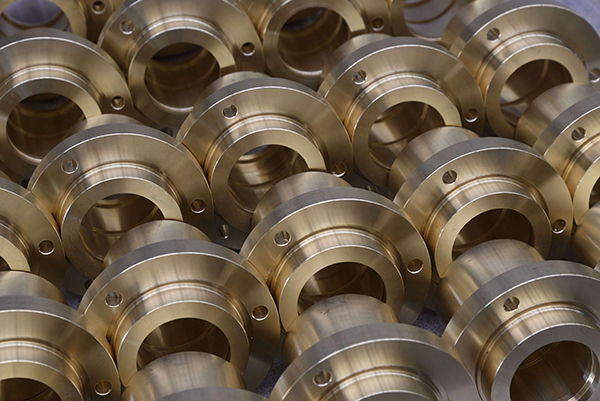In product development, the process of creating a reliable mockup or prototype is critical. The traditional means of producing prototypes are customized. Today, there is a faster way to produce these engineered parts, and that is through prototype machining.

lathe turned cnc parts, *picture fromprototypehubs.com
What is Prototype Machining?
Nowadays the biggest challenge in new product development lies in engineering and manufacturing. The majority of their time is spent on developing, testing, and producing the product. Not all manufacturing techniques can ensure that the prototype has met the specs at the right time and at the right price. But prototype machining can.
The machines used in prototype machining come in all shapes and sizes. Surely, there are additive manufacturing techniques that are getting rave reviews. But this technique will never replace the capabilities of CNC machining and thus, prototype machining remains a great alternative for rapid prototyping applications.
Additive manufacturing may excel in creating parts with complex geometries. But when it comes to speed, choice of materials, and maximum part size, CNC machines fare better than 3D printers. It also can produce a smooth surface finish, a property that is important in creating parts that are done in layers.
Factors to Consider for Prototype Machining
There are many manufacturing techniques that you can use to create prototypes. However, prototype machining is still a top choice for engineers in product development. It all boils down to the accessibility to CNC machines and the quality of the finished part that made product developers rely on the process.
Here are some factors that you should consider before choosing prototype machining.
Design Requirements of the Prototype
When designing a part, designers use as many standard parts as possible. However, you can rely on a prototype machine to meet the requirements. You also have to accept the drawbacks of machining including material wastes, complex geometry, and the cost of machining. If you accept these weaknesses of prototype machining, then you can rely on the process for precision and accuracy.
Machining Process
Remember, not all machines have the ability to translate designs with complex geometries into prototypes. However, you can use a 5-axis CNC machine though to create intricate parts but this machine can be expensive. The only workaround for this challenge is to design a part that can be machined and will not compromise the important functionalities of the part.
Cost of Machining and Its Lead Time
The prototype should be more than one so that stakeholders can test and evaluate them thoroughly. You don’t have to repeat the process all over again for replacement. However, having an increase in the quantity could also mean an increased timeline and costs.
Bridge for High Volume Production
After finalizing the prototype, the next logical step in the manufacturing process is mass production. The machining process may be replaced by other manufacturing techniques at this point. One thing that companies should remember when choosing the process is the cost of the product should be lower than its prototype. Simplifying the process in creating the customized part can be a perfect solution.
You can look for a partner in prototype machining to help you with your prototyping project. It guarantees a hassle-free delivery of prototypes at a cheaper rate.
